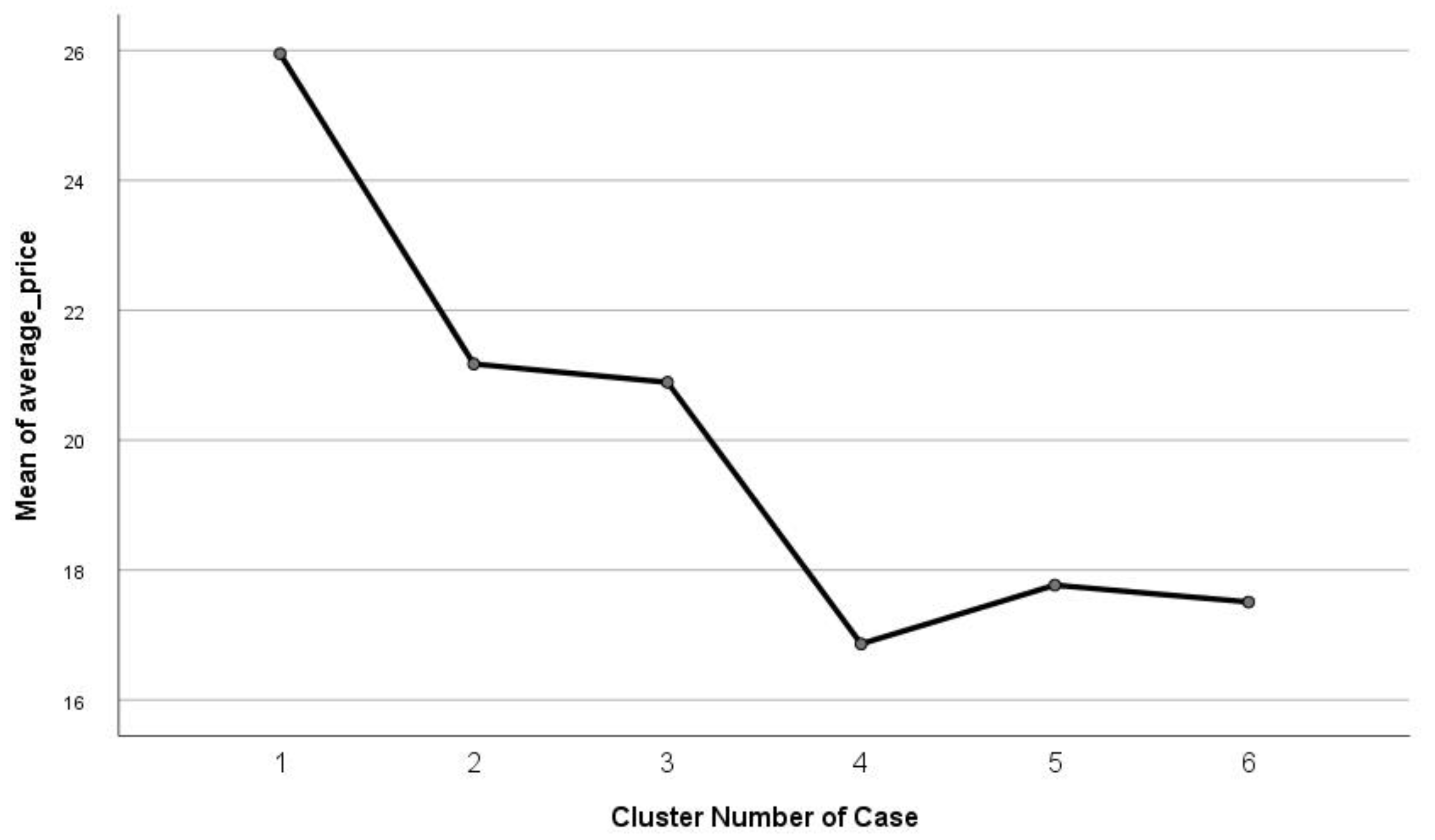

Our results thus suggest that the history of contamination induced a community tolerance to the tested triazines.

Similarly, biodiversity indices and biomass in the reference water appeared affected at lower triazine concentrations than in the historically-contaminated water, though these end-points are less sensitive than the community structure. During triazine-spiked experiments, the bacterial community structure in reference water was modified following an exposure to atrazine (ATZ) and/or its metabolite desethylatrazine (DEA) at 1 μg/L in historically-contaminated water, the bacterial community structure was modified following an exposure to 10 μg/L ATZ/DEA. Microbial community was characterized by fingerprinting techniques (CE-SSCP), gene presence ( atzA/B/C/D/E/F and amoA genes) and abundance (16S RNA, napA and narG genes). To this end, we used a combined approach with i) triazine-spiked experiments at environmentally relevant concentrations (1 and 10 μg/L) in waters with contrasting contamination histories, and ii) in situ monitoring in a rural aquifer, where many additional biotic and abiotic parameters also affect the community. We assessed the effect of pesticides, especially commonly detected herbicides, on bacterial communities in groundwater.


 0 kommentar(er)
0 kommentar(er)
